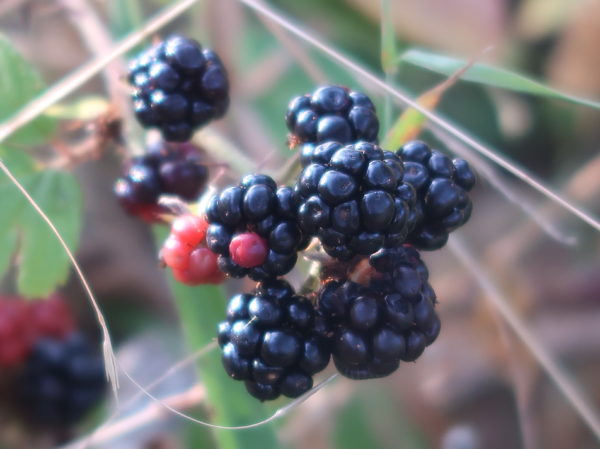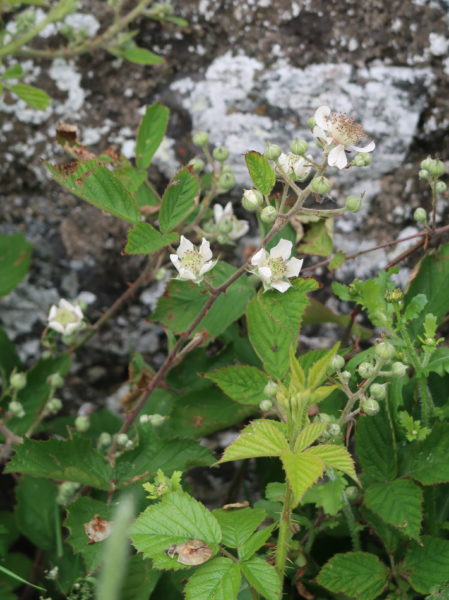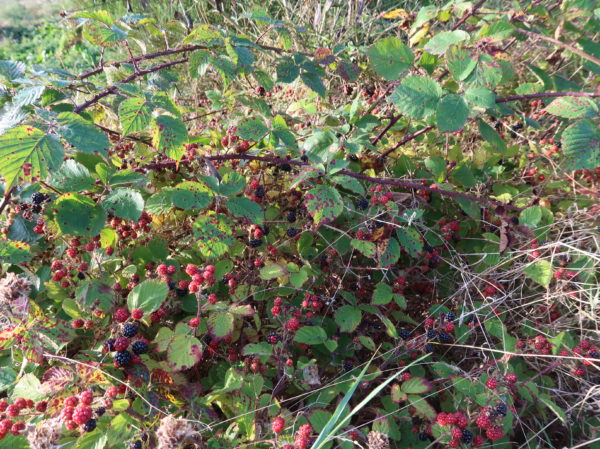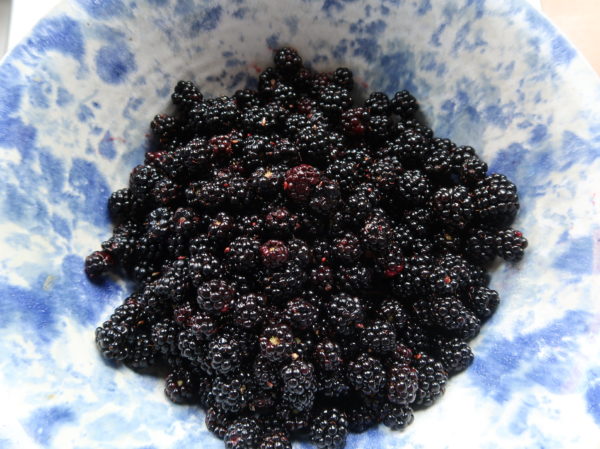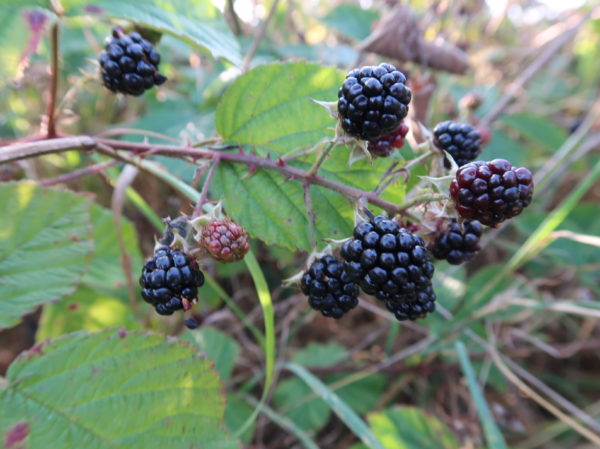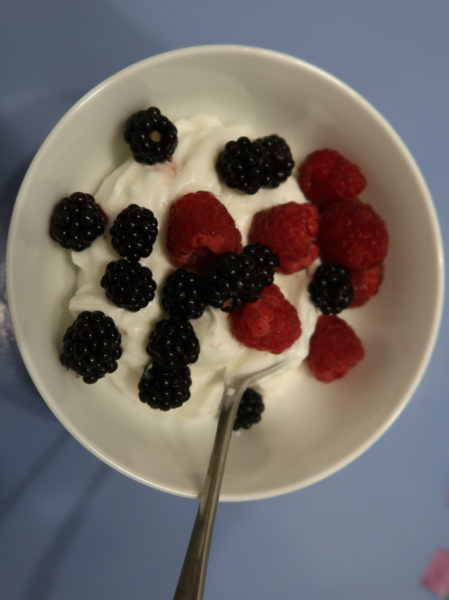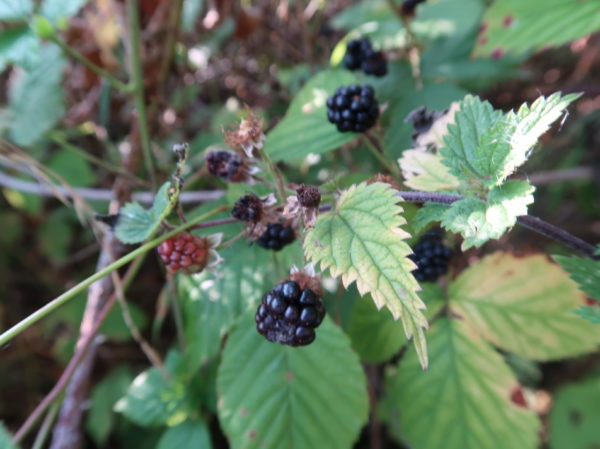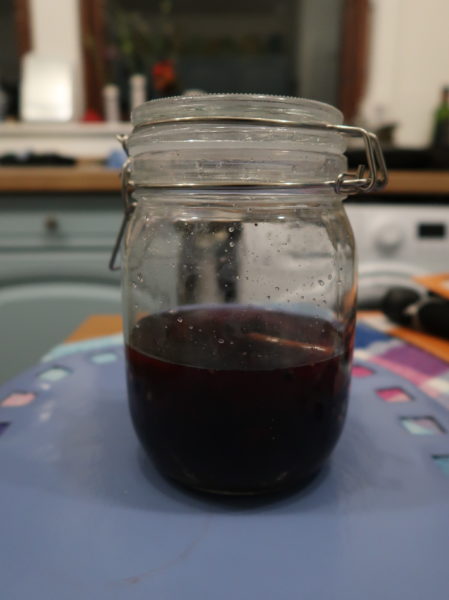What’s a Gaelic community?
A lot of social media screentime has been spent on this question. Frequently, the discussion centres on the comparative treatment of those who have a dispersed or “network” connection with Gaelic – whether in an urban mainland “diaspora” setting, or indeed a largely internet-mediated “virtual” sense – and those who live in geographically defined Hebridean communities where the density of Gaelic speakers by head of resident population is far higher.
Through its very name the Island Voices/Guthan nan Eilean project affirms the actual centrality of its so-called “peripheral” location to its function and focus. The islands are our geographical home. Even so, our work is primarily presented online, so our reach is not just Hebridean or even Scotland-wide, but truly international, and our interest is in serving all those who visit our posts and pages. Further, our linguistic focus is not just on Gaelic, or even Gaelic and English together, but increasingly multilingual and diverse.
For all these reasons we are driven to look beyond the zero-sum thinking often associated with a monolingual mindset. If paying Paul does not entail robbing Peter, then by the same token, taking care of Paul’s needs does not necessitate neglecting Peter’s. If the choice is recognised as false, then it should be possible to focus attention on either Peter or Paul as occasion demands without laying oneself open to a charge of “divisiveness”. Quite the contrary, in a situation where Peter’s own wellbeing is ultimately dependent on that of Paul, ignoring Paul’s evident distress will do Peter no good at all.
That’s quite a long pre-emptive preamble to the point of this post, which is to display some striking figures on visits to this site from the first three days of October. Regular visitors will have noted that recently we have been featuring different contributors to the UHI-led Stòras Beò nan Gàidheal project on the first day of each month. The Stòras Beò materials are a set of long-form video-recorded discussions between fluent speakers of Gaelic talking about their lives. As natural conversations they are intrinsically interesting. And beyond that, as examples of authentic speech they have many add-on applications for speakers, learners and researchers of Gaelic, including support for the current Gaelic Speech Recognition project being led by Edinburgh University, and planned contribution to the Digital Archive of Scottish Gaelic created by Glasgow University.
Posting first here on WordPress, the central website around which our various social media channels orbit, it’s normal practice for Island Voices to place links on our Twitter account and Facebook page on following days as a way of encouraging new and returning visitors to visit this site. This month it was the turn of Dòmhnall Caol (Donald MacDonald) from Baleshare to be featured.
The following figure shows the WordPress analytics for October 1st-3rd, with some annotations indicative of differential responses from what might be loosely defined as “networked” and “islands-based” Facebook interest groups.

Visits to Guthan nan Eilean WordPress site, 1st-3rd October
Here’s the timeline in more detail:
01/10/20
The WordPress post “Stòras Beò: Dòmhnall” was shared from the FB page to three prominent Gaelic interest groups: Gàidhlig na h-Alba  Scottish Gaelic, Gàidhlig na h-Alba ~ Scottish Gaelic, and Scottish Gaelic Speakers Unite!. On that day these groups had a combined total membership of 12232 (with a probability of significant crossmembership).
Scottish Gaelic, Gàidhlig na h-Alba ~ Scottish Gaelic, and Scottish Gaelic Speakers Unite!. On that day these groups had a combined total membership of 12232 (with a probability of significant crossmembership).
By the end of the day there had been 98 recorded visits to the WordPress site.
This, as would be expected on the first day of a new post, is a significantly higher figure (around 2.5 times) than the daily average of about 40 WordPress visits up until that point in 2020.
02/10/20
The same WordPress post “Stòras Beò: Dòmhnall” was shared 24 hours later from the FB page to two Uist-focused pages/groups: North Uist Appreciation Society – NUAS (page), and South Uist/Uibhist a Deas Appreciation Society – SUAS (group). The total on that day for page-followers and group-members was 12020 (with a probability of significant crossmembership).
By the end of the day there had been 822 visits to WordPress, more than 20 times the daily average for the year.
03/10/20
Following spontaneous sharing of the previous month’s post “Stòras Beò: Aonghas” as a follow-up by NUAS, it was then also posted in the SUAS group.
By the end of the day there had been 667 visits to WordPress, more than 16 times the daily average.
————–
Of course, a strict warning should be issued against any bald assertion, based on just these figures, that Facebook followers who have an island connection are multiple times more likely to take an active interest in a post on Gaelic than those whose interest in the language does not have this geographic link. This is just a snapshot in time with no control for all sorts of variables too numerous to list in a blogpost. Nevertheless, it surely points to some kind of effect, which will probably be explicable – at least in part – by reference to the significant importance of a geographical community connection to Gaelic, as it is used in the islands, in stimulating online engagement with it.
If that basic point is conceded, then any indication that the islands’ connection with Gaelic is in serious trouble, for which the recent “Gaelic Crisis” report provides ample quantitative evidence, surely deserves close attention, including from those speakers and other well-wishers whose connection is remote or “virtual”. Certainly, there is little sign from this small snapshot that any hope of fully compensatory numbers of new speakers emerging from geographically displaced and dispersed networks is likely to be easily fulfilled.
From an Island Voices point of view, we can at least take comfort from the indication that our positive “insular focus” is appreciated by the local community, while maintaining our commitment to inclusively showcasing these islands’ unique linguistic character and versatility on a worldwide stage. It would surely be zero-sum thinking of a kind Gaelic advocates routinely reject, to view the recent urgent “call to arms” to inject new energy into Gaelic revival efforts at island community level as some kind of competitive threat to more dispersed interests. The one should feed the other.
The MSP for the Western Isles has announced a series of online meetings for various island communities to discuss ways forward for Gaelic in coming days. The link is here.





 Scottish Gaelic
Scottish Gaelic


 Happy Birthday to Alasdair Crois Mòraig!
Happy Birthday to Alasdair Crois Mòraig! We continue our exploration of the North Uist cluster in
We continue our exploration of the North Uist cluster in 